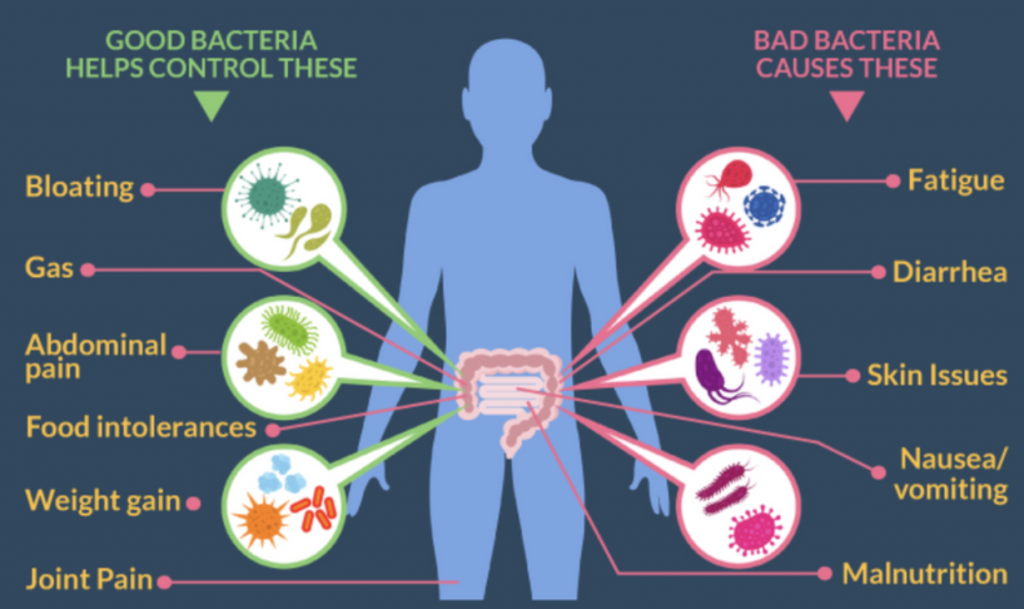INTRODUCTION
Have you ever experienced long bouts of fatigue, bloating, loose stools, pesky skin issues, or foods that “just don’t work” for you? These are some (there are more) examples of the symptoms associated with small intestinal bacterial overgrowth (SIBO). It also turns out that you are not alone; it is estimated that as much as 22% of the population may also be experiencing SIBO.1 Let’s dive in a little deeper, explore SIBO a bit more, and figure out steps that can be taken to resolve your gut problems!
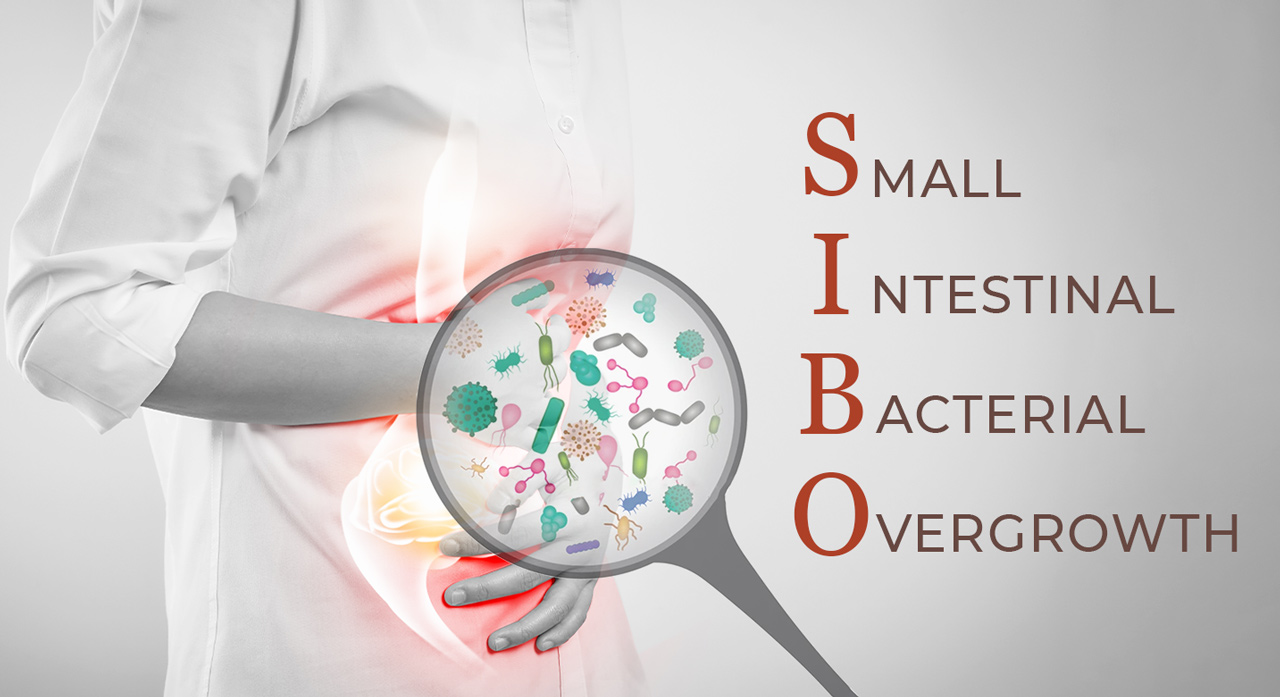
MORE ON SIBO
The good news is I have a few articles exploring SIBO, and its causes, in greater detail here:
Article Link: Detecting and Managing Small Intestinal Bacterial Overgrowth
Article Link: Hypochlorhydria and Dysbiosis
…As you can see, SIBO can come from more than one cause, and is associated with many other conditions like gastrointestinal cancer, mental disorders, developmental issues, neurological diseases, dermatological issues, nephrological disorders, endocrine disorders, metabolic diseases, cardiovascular issues, and autoimmune disease.2
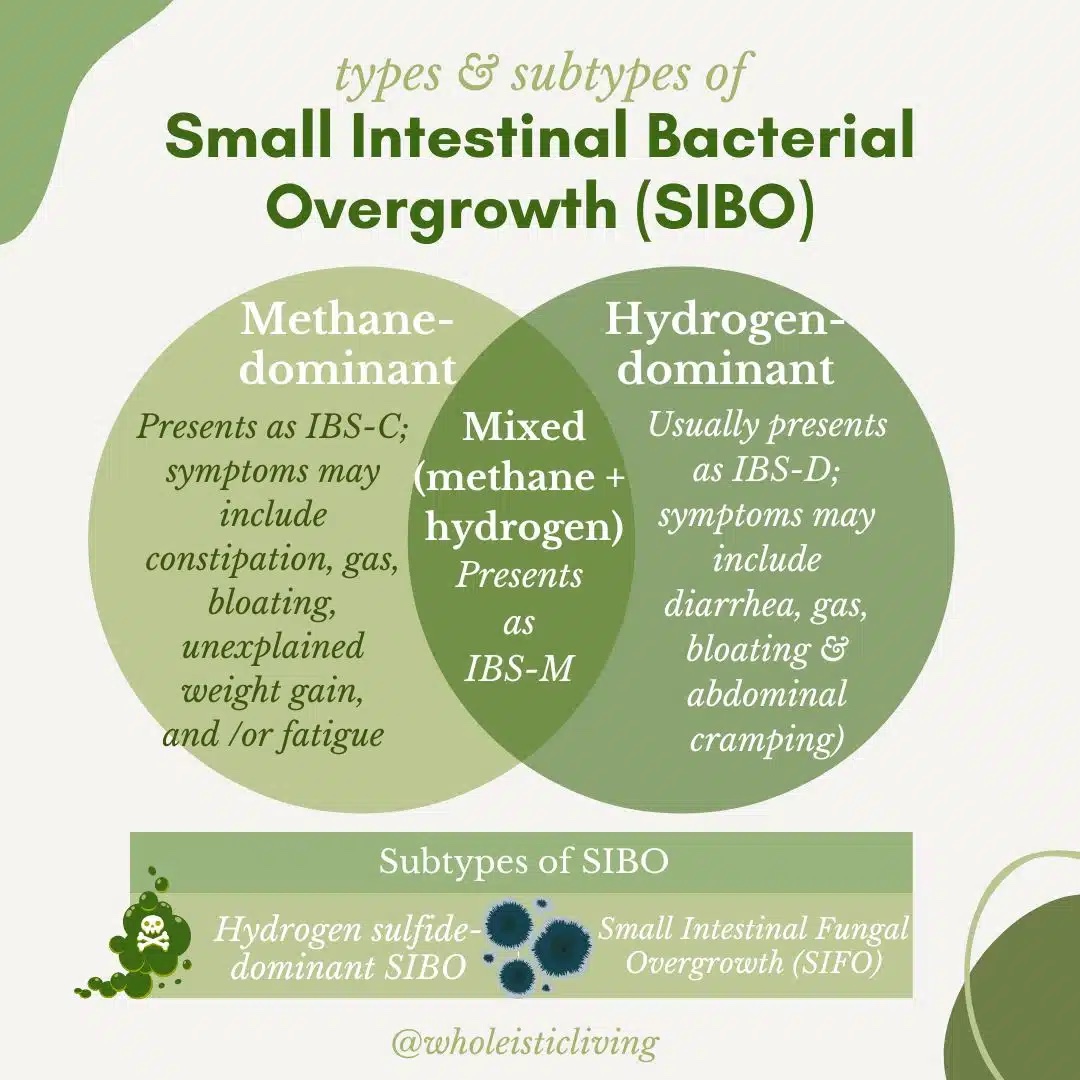
HOW DO THESE “BAD” BACTERIA SURVIVE SO DARNED WELL?
It turns out that overgrown bacteria in the small intestine tend to “like” consuming certain carbohydrates (more of this in a minute), which helps them grow and spread.1(5) These carbohydrates can be broken down into certain types, depending on how many sugar molecules each one has. If a carb has:
- one sugar, it is a monosaccharide
- two sugars, it is a disaccharide
- three to ten sugars, it is an oligosaccharide
- over ten sugars, it is a polysaccharide
NERD ALERT: a single sugar molecule (monosaccharide) has anywhere from 3-7 carbons atoms, with two or more hydroxyl groups (hydrogen and oxygen) and a carbonyl group (carbon and oxygen) which can be either an aldehyde or a keto group (see below) .3

These monosaccharides are the building blocks of carbohydrates. Here are monosaccharides you have likely heard about before:
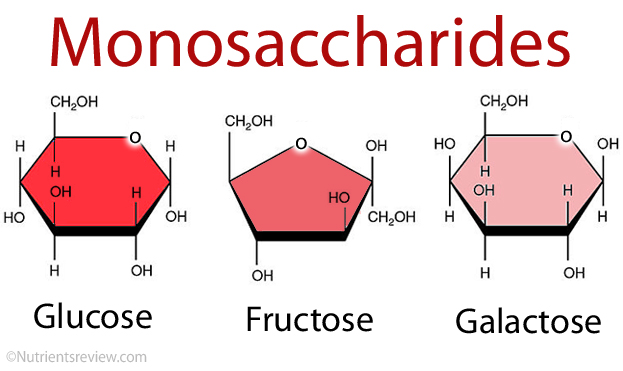
Here are the different carbohydrates that monosaccharides make:
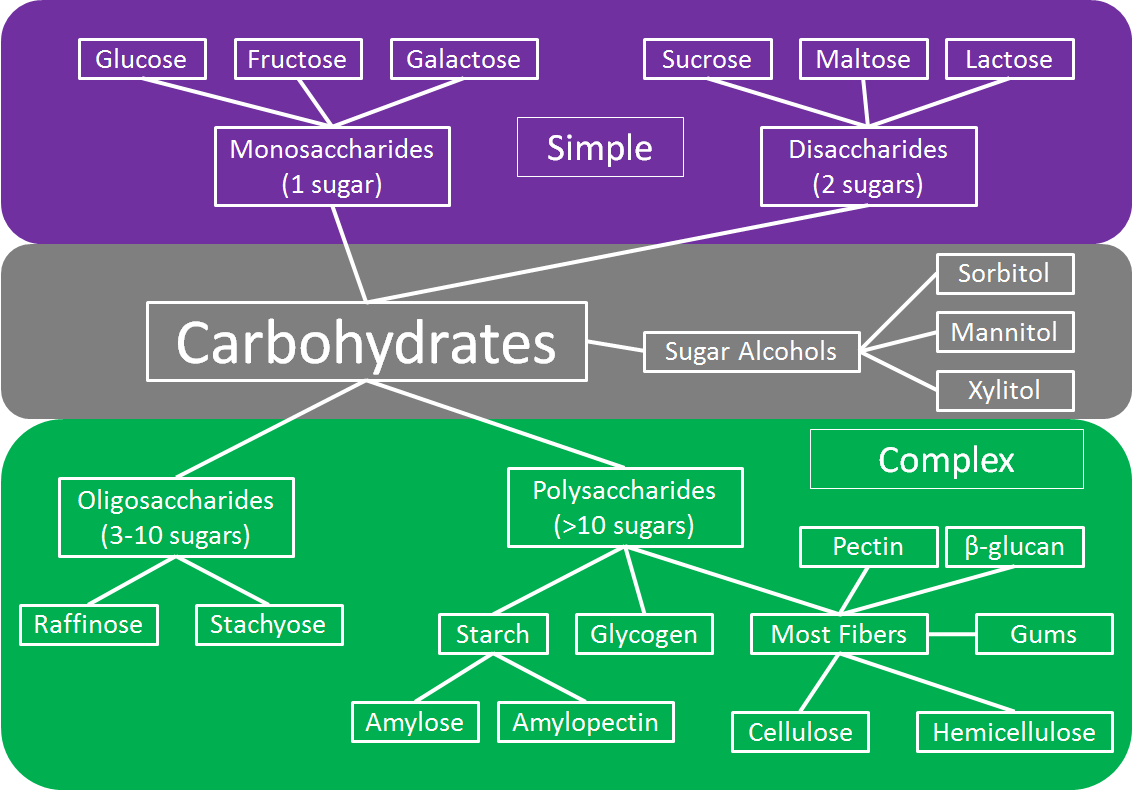
RIGHT. SO SIBO IS FUELED BY CERTAIN CARBOHYDRATES. NOW WHAT?
Fear not; there is light at the end of the proverbial intestinal tunnel! If SIBO is fueled by certain carbohydrates, then…cut out those carbohydrates for a while!
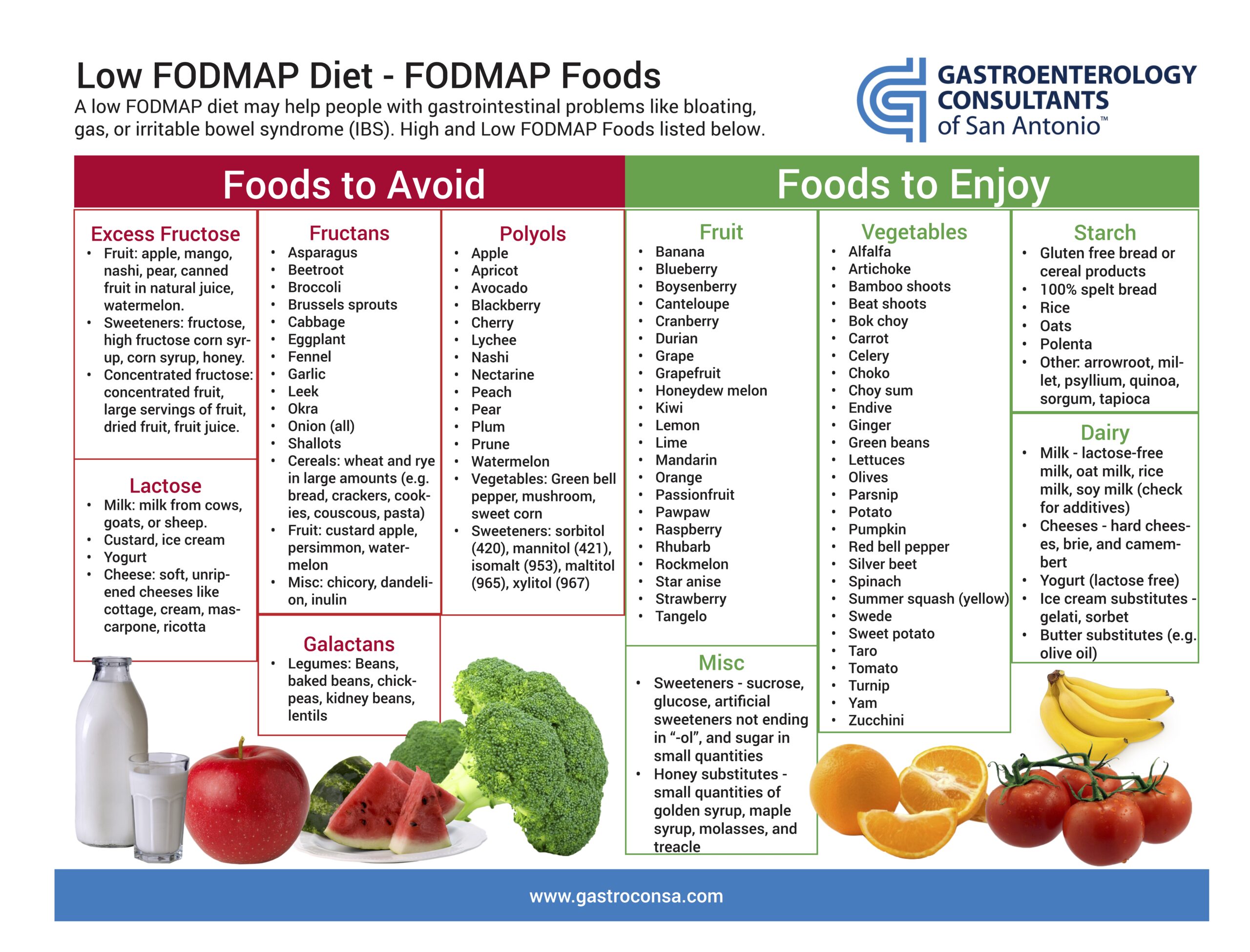
GOT IT. GIVE ME ACTIONABLE DETAILS PLEASE
SIBO tends to grow and spread when there is access to fermentable (meaning bacteria can successfully eat) oligosaccharides, disaccharides, monosaccharides, and polyols (this is a saccharide that has its carbonyl group removed and replaced with a OH group). So, it makes sense, then, to consider eating foods that are low in fermentable oligosaccharides, disaccharides, monosaccharides, and polyols (FODMAP). Low FODMAP diets are currently considered the most evidence-based nutritional intervention for irritable bowel syndrome (SIBO is a form of irritable bowel syndrome, or IBS).4
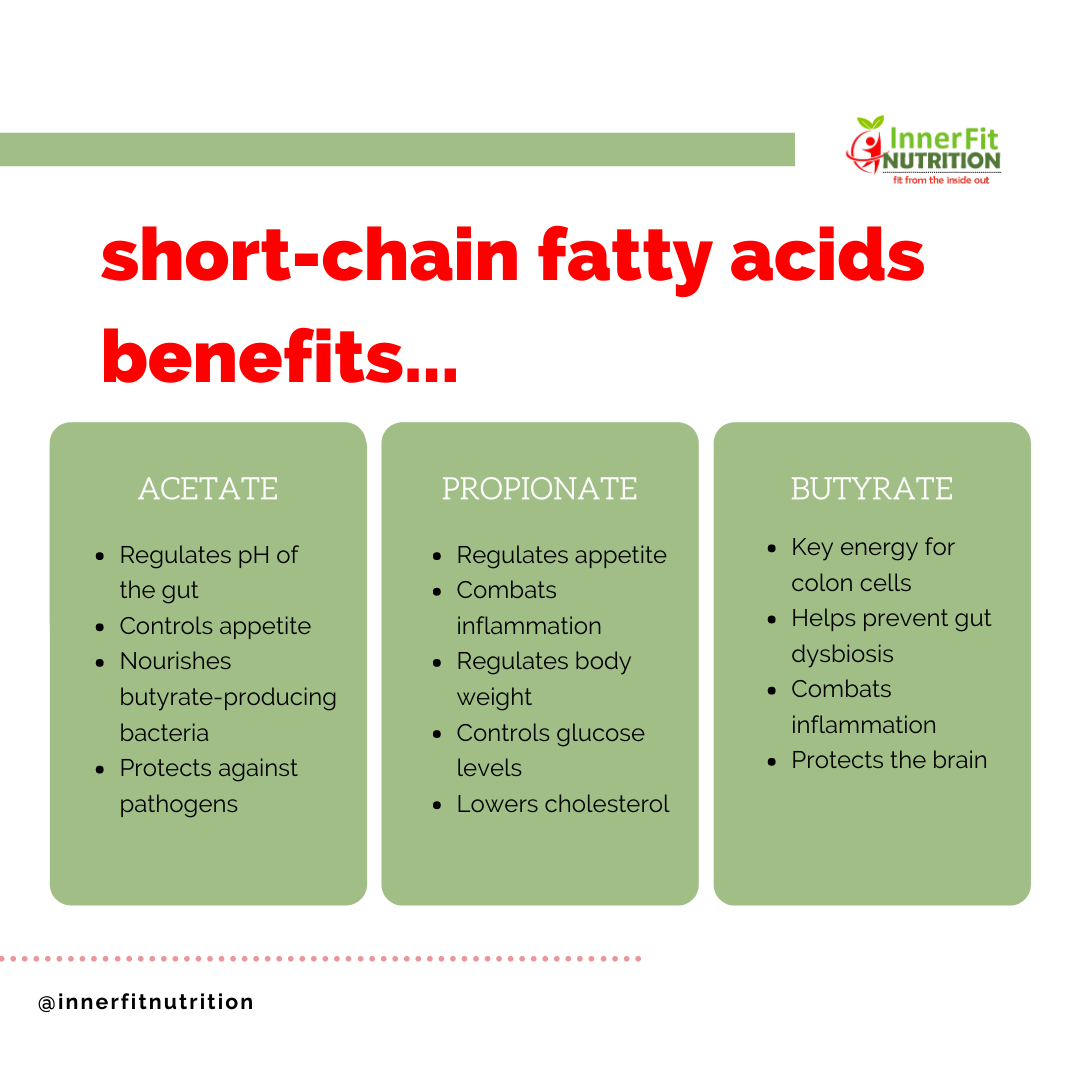
HOW LONG SHOULD I DO THE LOW FODMAP DIET?
Research suggests that approximately 6 weeks should be an adequate time frame to “starve out” SIBO.5 After that time period, you can feel free to slowly and gently reintroduce fermentable carbs. Not only because you might find them tasty; fermentable carbohydrates produce fats that your intestinal cells use to produce energy and heal. They are known as short chain fatty acids (SCFA).6
SCFAs such as butyrate, propionate, and acetate also help support the immune system, metabolism, and gut barrier function.6(341) So, be sure to find your way back to these foods. Remember; low FODMAP diets are a temporary intervention. Oh, and be sure to keep consuming animal protein throughout this period (there is another helpful low FODMAP + Protein chart below). Protein (made of amino acids) serves many beneficial functions in your body:
LINK: Essential Amino Acids and Why They Matter
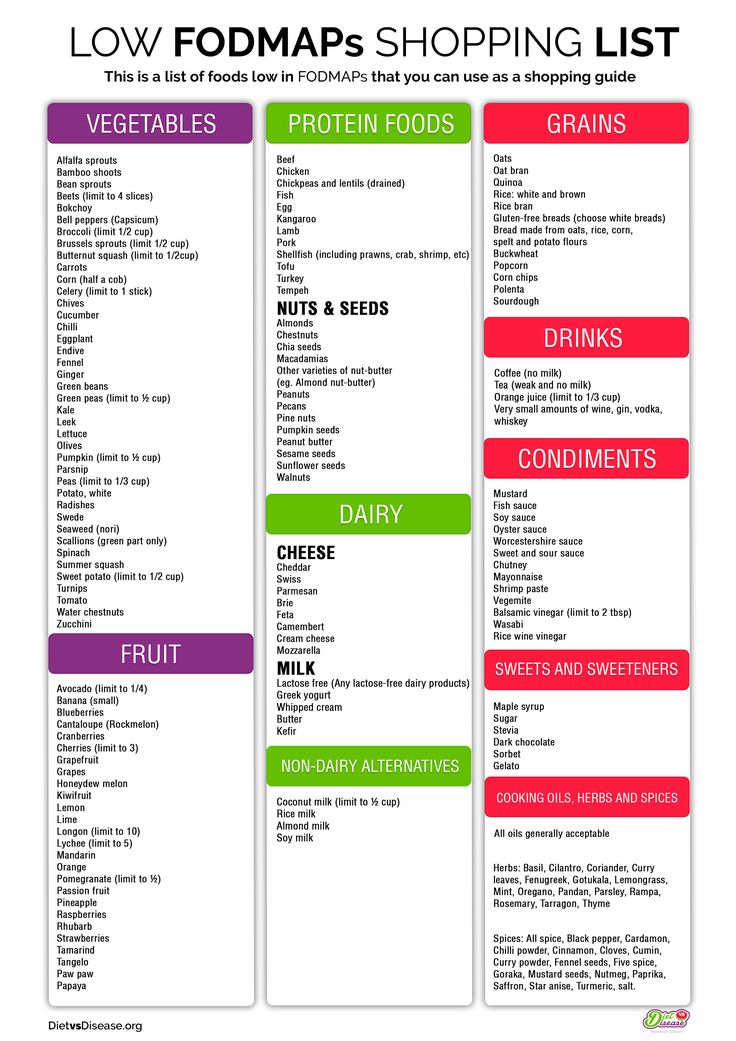
CONCLUSION
There you have it. If it has been confirmed that you have SIBO, the low FODMAP diet can be part of a larger protocol to help rebalance your gut bacteria, repair the gut lining, and improve your gut function. Remember that SIBO can be associated with gastrointestinal cancer, mental disorders, developmental issues, neurological diseases, dermatological issues, nephrological disorders, endocrine disorders, metabolic diseases, cardiovascular issues, and autoimmune disease. So, it makes good sense to have your digestive system functioning as optimally as possible!
References
1. Skrzydlo-Radomanska B, Cukrowska B. How to recognize and treat small intestinal bacterial overgrowth?.J Clin Med. 2022;1(20):6017. https://doi.org/10.3390/jcm11206017.
2. Roszkowska P, Klimczak E, Ostrycharz E, et al. Small intestinal bacterial overgrowth (SIBO) and twelve groups of related diseases-Current state of knowledge.Biomedicines. 2024;12(5):1030. doi:10.3390/biomedicines12051030.
3. Harvey R, Ferrier D. Biochemistry. 5th ed. Baltimore, MD: Lippincott Williams & Wilkins; 2011.
4. Xu C, Song Z, Hu JY, Li CC, Shen H. Global research trend and hotspot in the low FODMAP diet: a bibliometric analysis.J Health Popul Nutr. 2024;43(1):63. doi:10.1186/s41043-024-00567-7.
5. Barrett JS, Gibson PR. Fermentable oligosaccharides, disaccharides, monosaccharides and polyols (FODMAPs) and nonallergic food intolerance: FODMAPs or food chemicals?Therap Adv Gastroenterol. 2012;5(4):261-268. doi:10.1177/1756283X11436241.
6. Kim, C.H. Complex regulatory effects of gut microbial short-chain fatty acids on immune tolerance and autoimmunity.Cell Mol Immunol. 2023;20:341–350. doi:https://doi.org/10.1038/s41423-023-00987-1.
-Michael McIsaac

